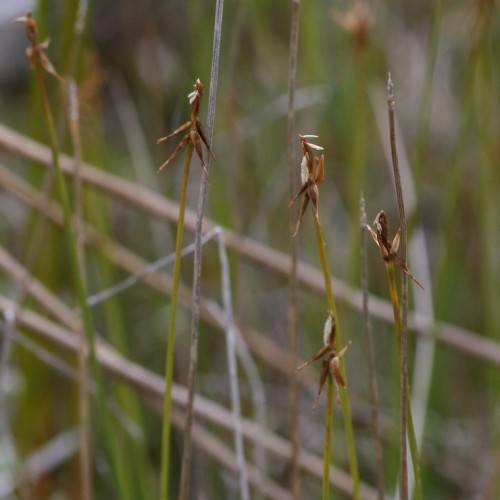
Fewseeded Bog Sedge
Carex microglochin
Also Known As - Bristle Sedge,False Uncinia SedgeWatering:
Average
Hardiness Zone:
Flowers:
Flowers
Sun:
Sun
Soil:
Sand
Leaf:
Yes
Growth Rate:
Low
Drought Tolerant:
Yes
Salt Tolerant:
Yes
watering
Small Awned Sedge should be watered once a week, and should receive approximately 1 inch of water per week. Watering should be done in the morning before the sun rises, as this allows the water to soak deeply into the soil. The soil should be kept moist, but not waterlogged. Small Awned Sedge should not be allowed to dry out completely between waterings.
sunlight
Small Awned Sedge prefers full sun or lightly dappled shade in dry to moist, open to semi-shaded locations. The plant species grows best with 5 to 6 hours of direct sunlight per day.Full sun is best in the summer months, but during the winter, it can tolerate light shade to keep its leaves from getting burned. During extremely hot summer days, some protection from afternoon sun is advised to keep the foliage from scorching.
pruning
Small Awned Sedge can be pruned at any time of the year, however more severe pruning should be done in late summer or early fall. Less intensive pruning can be done in the spring. When pruning, cut unwanted stems back to healthy growth, or just below the ground. Cut stems near the base or rhizome for the best results. Remove any dead, damaged, or diseased stems. Pruning should be done with sharp pruners or shears to avoid damaging the plant. Pruning should be done conservatively; no more than 1-third of the plant should be removed at any time to prevent stressing the plant. When finished, water the plant deeply so it can recover quickly.
